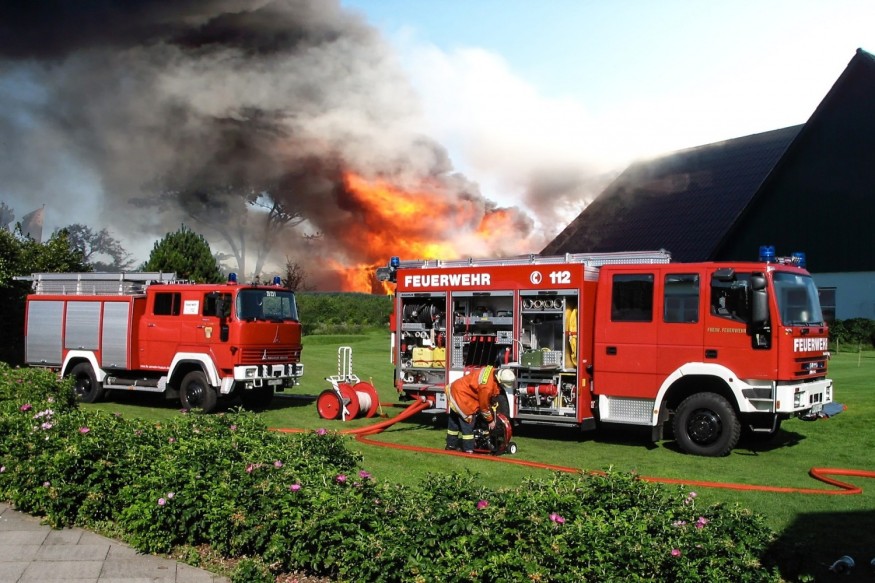
If you've recently experienced a house fire, it can be challenging to know where to start when it comes to restoration. Knowing what tasks need to be completed and the expected timeline is often incredibly helpful in dictating how best to move forward. Today, we'll walk you through the ins and outs of fire damage restoration so that, no matter your specific circumstances, you have a better idea of what steps are necessary for restoring structure, safety, and peace of mind back into your home.
1. Assessment
Before you can move forward with the restoration of your home, it needs to be assessed, and all areas of damage need to be identified. This is typically done by a professional with expertise in fire damage repair and can help you determine which aspects need immediate attention and which can wait.
The assessment process can take anywhere from a few hours to several days, depending on the severity of the damage. You'll need to understand what is salvageable and what needs to be replaced and a plan for moving forward with the restoration.
2. Preservation
If the fire damage is particularly severe, it may be necessary to remove items from the home to facilitate the preservation of whatever remains. This could mean taking out furniture, carpets, and other items that have been damaged beyond repair.
The preservation process typically involves thoroughly cleaning any belongings that can still be saved and strategies for preventing further damage. This is a crucial step in the fire damage restoration process, as it can help prevent mold growth and further deterioration of items that may still be salvageable.
3. Cleanup
Fires can leave behind a lot of debris, so it's vital to hire professional cleaners to come in and help with the process. The process of fire damage clean up may include removing soot from walls, floors, and furniture and cleaning up any water damage resulting from firefighters putting out the fire.
The cleanup process may also involve more serious tasks, such as removing and replacing drywall, insulation, and other materials affected by the fire. It's essential to ensure all of these tasks are done correctly to prevent any potential health hazards from forming.
4. Reconstruction
Once the cleanup and preservation processes have been completed, it's time to start the fire damage restoration reconstruction phase. This can involve anything from minor repairs, such as painting walls and replacing carpeting, to more significant tasks, such as reconstructing entire rooms in your home.
Sometimes, you may find that some regions of your home are beyond repair and must be rebuilt entirely from scratch. This is a labor-intensive process, so it's essential to have a contractor experienced with fire damage restoration on hand to ensure that the work is done correctly and up to code.
5. Prevention
You want to avoid a repeat of what you just experienced, so it's important to take preventive measures against future fires. This could involve installing smoke alarms and fire extinguishers throughout your home, as well as any other safety measures that may be necessary, depending on the area in which you live.
Remember that your insurance provider may also have specific requirements when preventing damage from future fires, so make sure you consult with them as well. Watch out for red flags such as overloaded outlets and frayed cords, and make sure you never leave burning candles or open flames unattended.
6. Recovery
Fire damage restoration isn't just about the physical repair of your home, but also about helping you and your family to recover emotionally. This can include speaking with a counselor, joining a support group, or even taking time off work to process the experience on your own terms. You should never ignore the mental and emotional effects of dealing with fire damage, as it can be just as traumatic an experience for you and your family as the physical damage.
At the end of the day, fire damage restoration is a long and often challenging process that requires patience and perseverance. It's essential to take your time with each step in order to ensure the best possible outcome for you and your home. With the right team and plan in place, your home can be restored to its previous condition or even better.
© 2026 NatureWorldNews.com All rights reserved. Do not reproduce without permission.





